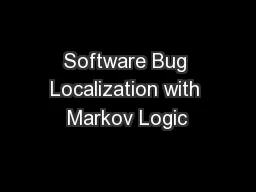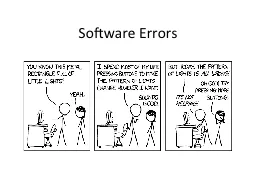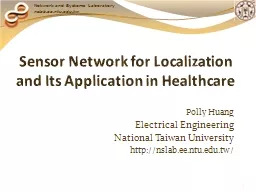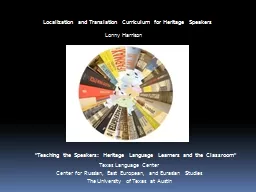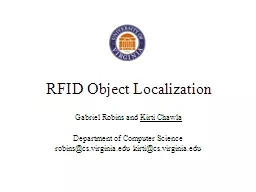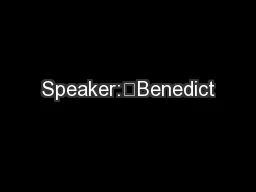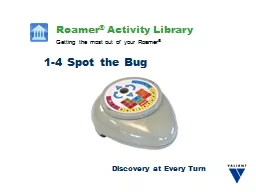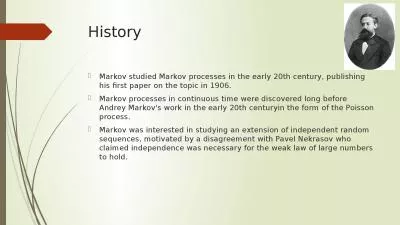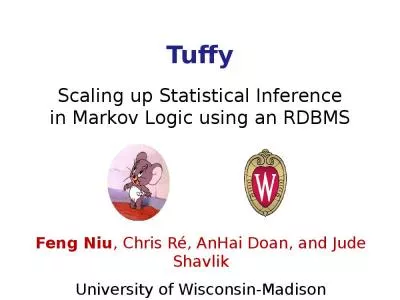PPT-Software Bug Localization with Markov Logic
Author : tatyana-admore | Published Date : 2015-11-01
Sai Zhang Congle Zhang University of Washington Presented by Todd Schiller Software bug localization finding the likely buggy code fragments A software system
Presentation Embed Code
Download Presentation
Download Presentation The PPT/PDF document "Software Bug Localization with Markov Lo..." is the property of its rightful owner. Permission is granted to download and print the materials on this website for personal, non-commercial use only, and to display it on your personal computer provided you do not modify the materials and that you retain all copyright notices contained in the materials. By downloading content from our website, you accept the terms of this agreement.
Software Bug Localization with Markov Logic: Transcript
Download Rules Of Document
"Software Bug Localization with Markov Logic"The content belongs to its owner. You may download and print it for personal use, without modification, and keep all copyright notices. By downloading, you agree to these terms.
Related Documents

